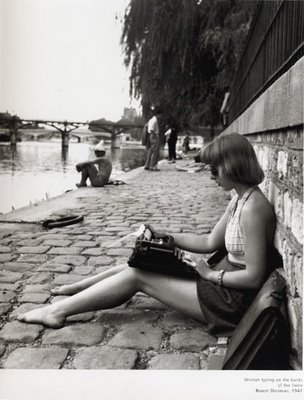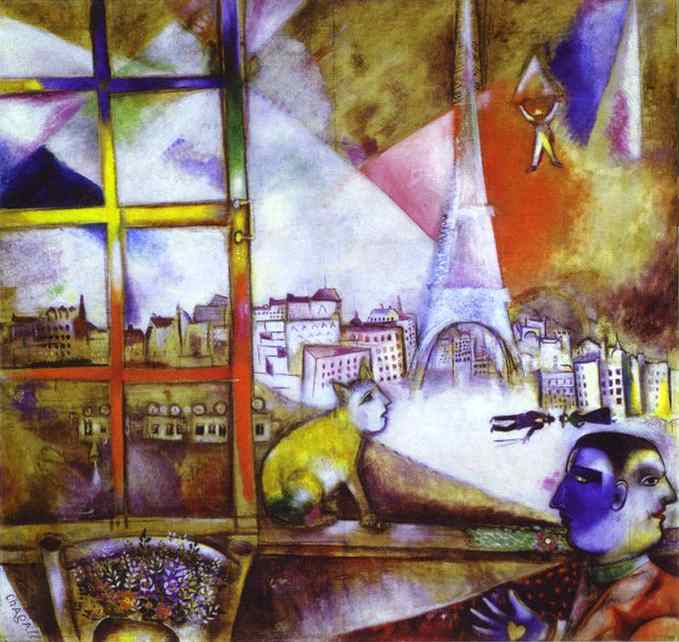micro-fiction: the art of writing small.
The Writer’s Way: An exercise in brevity.
I’ve been writing stream of consciousness morning pages for the past few days and my creative juices are like a witch’s brew.
I’m not yet ready to begin my novel — I’m waiting for NaNoWriMo to begin in November — but I’m itching to write a piece of fiction. I feel I need to hone that particular style of writing skill and the best way to do that, for me, is to write a short story. An extremely short story — in short, a dwarf vignette.
Mini-Sagas and Micro-Fiction: an inspirational exhalation of concise vignettes…
A Mini-Saga is a very short story, exactly 50 words in length. No more. No less.
Writing a concise story will sharpen your literary eye and require a close collaboration with your inner editor. Economical sentences are the key and only the best should be included. Everything else should be left on the cutting room floor.
To wit:
Mayday
Ricky the Rooster, aging Lothario of farm animals, was cock of the yard — despite his failure to woo a reserved and neurotic hen called May. Frustrated, his ego tortured, Ricky mercilessly tormented May with his crude advances. The other animals still talk of the day when May hen ran rampant.
I have a fondness for this brief tale of unrequited love and madness, even though the entire set-up was written to introduce the pun in the last sentence. After an attempt, many years ago, to expand the pun into a story — dreadful, verbose story, laden with an overabundance of puns — I decided to write a simple fifty-word story.
The difference between the Mini-Saga example above and the original bout of literary diarrhea I crapped out is the same difference between an amuse-bouche from a master chef and a can of Chef Boyardee Spaghettis.
Indeed, brevity is the soul of wit.
Micro-Fiction, an appetizer staple in writing contests, expands the concept of a Mini-Saga to 100 words. You can do more with it, but it still requires precision and, for me, is more difficult to write. It’s easier for me to lay out the story, because I start by writing a page-length version.
However, the difficulty comes with whittling the page-length version down to a hundred words. It’s a litter of kittens I’m allowed to keep only some of — the rest must be given away.
The process of cutting and discarding entire sentences and rewriting others is very good for the writer’s ego. This is an opportunity to form a bond of trust with our inner critic and our inner editor and make them our allies.
We can use anything for inspiration, but in this exercise I want you to choose a painting with which you have a strong evocative connection and write a fictional story to go with it using 100 words exactly.
To be clear, the conjoined textual twin does not have to mirror the image exactly. The goal is not to describe the image, but to clarify that the words are related to the image — a blood bond in virtual ink.
For example:
The small Manhattan apartment is littered with paintings, bathed in a murky, curdled light. I reach for Chagall’s ‘Paris Through The Window’, hanging on a bricked-up window. It’s the original, stolen by me for my brother, the art-forger, many years ago. Like the other paintings in the room, this painting was created using an extraordinary oil paint mixed in 1909 by a Hungarian gypsy, whose genetic imprint now looks out through my art-thief eyes. Closing those eyes, I concentrate and the room dissolves. I step into the mirror universe of 1913 Paris, just before the world ends.
Now, go forth and marry your words with a masterpiece of art.
*****
{Join us on Facebook, Twitter, Instagram & Pinterest}


